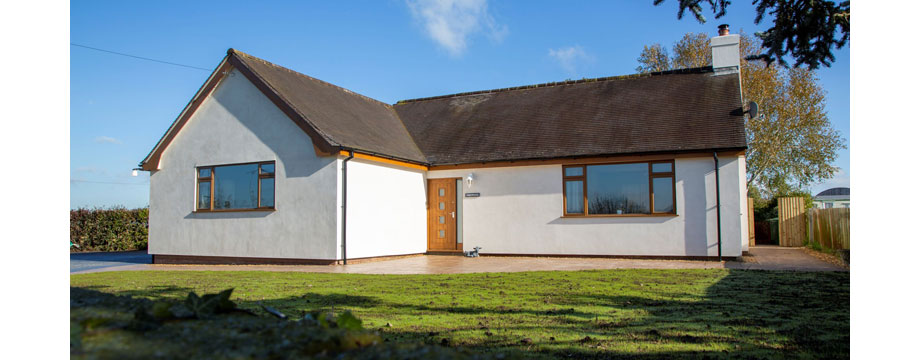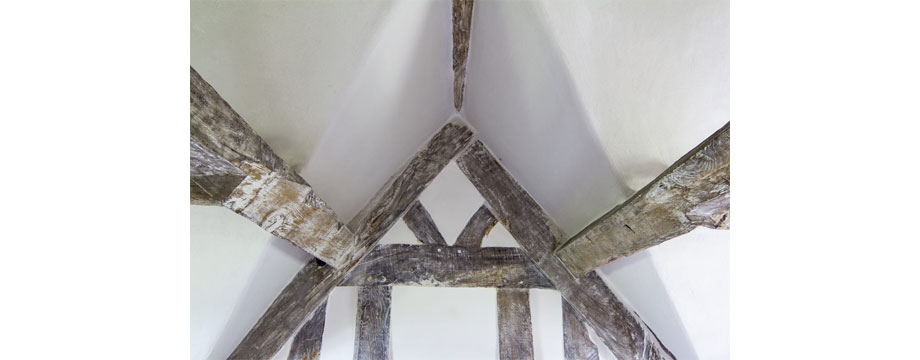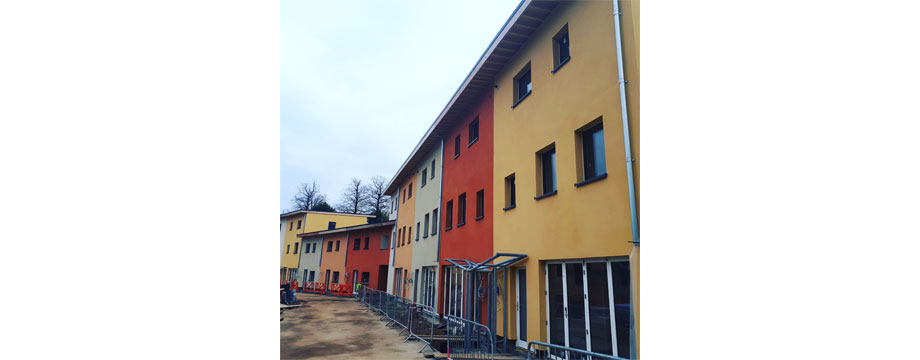Moisture, such as steam, vapour or water droplets can accumulate in our buildings over time. James Ayres, co-founder and operations director, Lime Green Products Ltd, explains why considering moisture build-up is so important and explores what measures you can take to help drying out.
Moisture in properties
Moisture can accumulate in a variety of ways in homes, workplaces and properties. It’s inevitable, with two active people in a home estimated to produce over 13 litres of moisture per day, through breathing and activities, such as boiling a kettle, showering and drying clothes. This is in addition to moisture, as a result of driving rain or building defects, that can enter the building fabric in solid wall buildings.
It’s essential that this moisture, when in the building fabric, can escape through vapour permeable or breathable materials. If it’s unable to escape, it can cause damp, mould or condensation, which can lead to property damage and negatively impact occupant health. This is even more significant when a property is made airtight, with insulation to minimise air leakage and wasted energy, without thought of moisture and how this can escape.
Accumulated moisture can be amplified by additional factors, such as poor maintenance leading to leaking gutters or faulty plumbing. In this situation, it’s key to understand how to repair the issue, prevent repeat moisture build-up and dry out the building.

Health and safety concerns
Moisture may cause different aesthetics of a property to deteriorate. This can affect carpets and furniture, create spots on floor and walls and even cause the removal of plaster. However, aesthetic issues are the tip of the iceberg in potential moisture problems.
The dampness caused by excess moisture can cause wood to rot. This moist environment is particularly prone to wet or dry rot, which when established, can eat through timbers, weakening the structural integrity of a building. Dry rot can also often be excluded by insurers on properties, so preventing moisture build-up is key to saving costs further down the line.
Ensuring moisture balance is also important for occupant health. Mould can occur above 80% humidity, and once it takes hold, it can affect health. The NHS recognises that living with damp and mould can cause allergic reactions and trigger asthma attacks. Extended exposure to mould spores can be even more dangerous for babies, children and those with respiratory ailments.
It's also not just your physical health that can be affected by living in moist environments. Brown University found a strong link between damp homes and depression in Europe. The study reports a direct correlation between a healthy home and a healthy life to highlight the importance of building a property that’s able to achieve a strong moisture balance.

Preventing moisture build-up
In order to control moisture in your building, you’ll first need to look at how to reduce it, for example:
• Repair any leaking gutters or burst pipes to cut off excess moisture at the source
• Ensure there is effective ventilation
• Dry clothes outdoors or in a tumble dryer where possible.
However, considering moisture in the construction phase is crucial to ensure the building is healthy, so it can stand the test of time. That’s all about breathability.

Breathability
To ensure breathability, older buildings, without cavity walls and damp proof courses, should make use of breathable materials, instead of some popular products, such as gypsum plaster, which can hang onto water and make it difficult for moisture to pass through.
Until relatively recently, it was thought impenetrable vapour barriers could control condensation in buildings. However, as much of the moisture in walls comes from driving rain or building defects, it’s now recognised how retrofitting these onto old, solid walls can cause further problems. In sunny weather, this moisture can be driven inwards against the vapour barrier, causing it to accumulate and eventually causing rot in joist ends and lintels.
British Standard BS 5250:2021 for the Management of Moisture in Buildings recognises this, and now prohibits the use of dew point calculations for solid wall properties, recommending that breathability is required on both sides of the wall. This outlines a new regulatory approach to moisture, based on how solid wall buildings were intended to work, which considers moisture problems as one interactive issue, rather than as individual problems.

Real-world data
Lime Green’s research, in association with the Society for the Protection of Ancient Building (SPAB) and Archimetrics, reports real-world data across a period of six-years to monitor how moisture behaves within insulated walls, which have an internal coating of breathable plaster. The study is based on hydraulic lime and recycled aggregates, which promote breathability whilst supporting insulation.
Sensors logged data every five minutes for over six years from the breathable walls. Over time, they found the wall got steadily dryer with no condensation occurring. The breathability enabled vapour to escape from inside the wall to prevent moisture build-up.
This study evidences how lime promotes drying out, dealing with moisture differently to other plasters. Its pore structure specifically allows moisture to travel through harmlessly. If water does build up, following a leak or period of driving rain, for example, lime is able to buffer and store the increased moisture levels, without being affected, until there are better drying conditions. The high-alkaline properties of lime also provide make it antibacterial, enabling buildings to dry out naturally, with less chance of mould or rot occurring.
The porous property of lime allows water to pass through, releasing rather than trapping water to prevent moisture build-up, to maintain a healthy building that stands the test of time.
To find out more about promoting drying out in your buildings, visit Lime Green Products Ltd or call 01952 728 611.
- Log in to post comments















